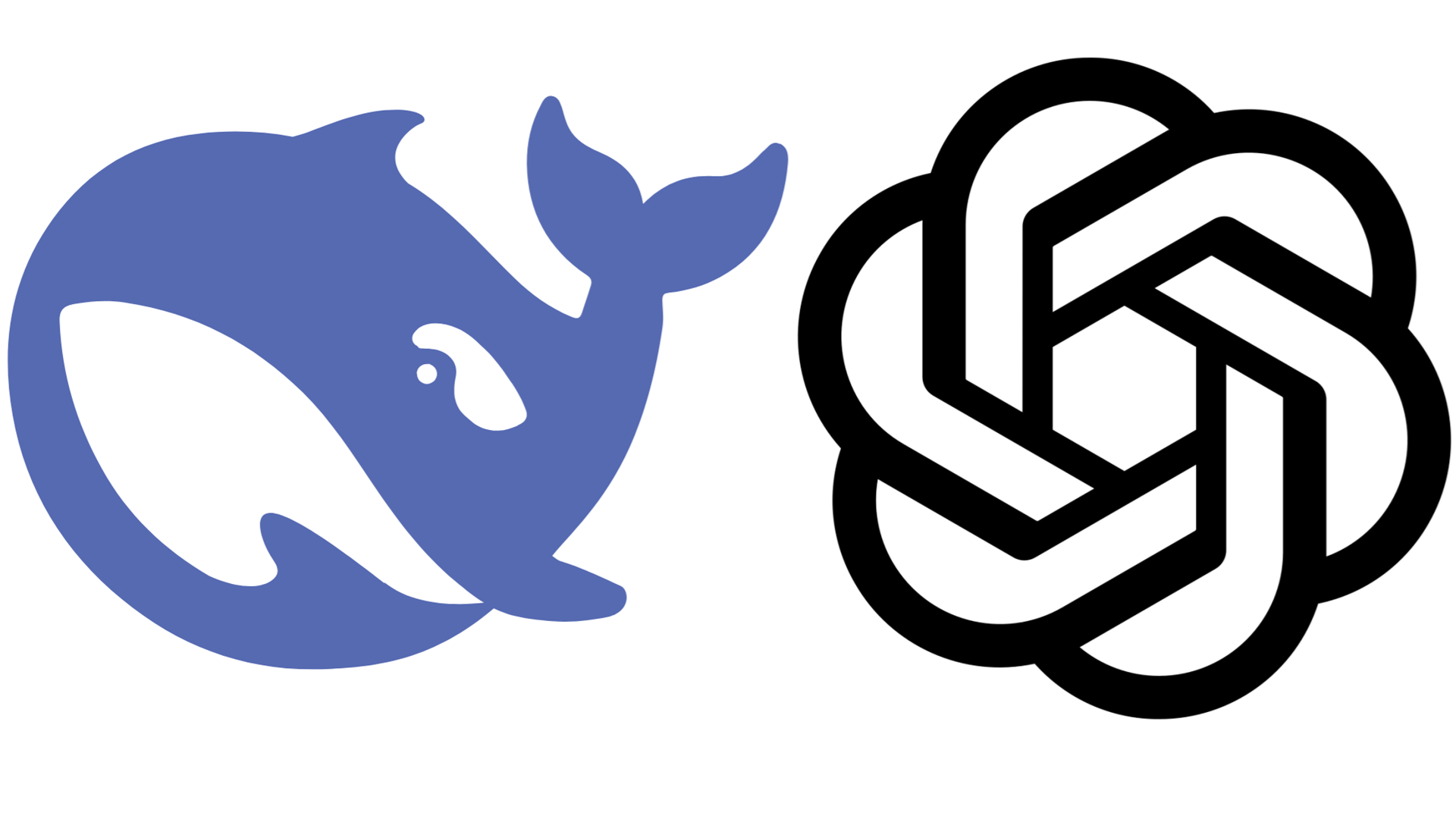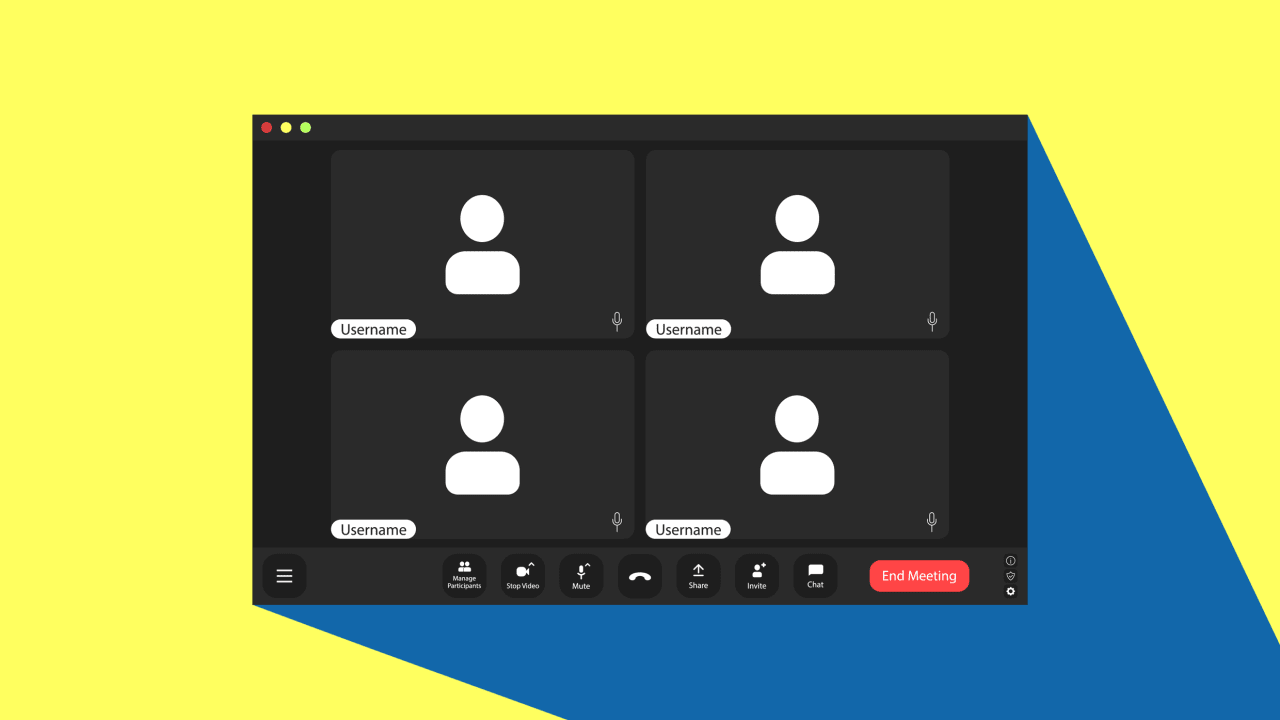Java Internationalization: Building Applications for Global Audiences
As a best-selling author, I invite you to explore my books on Amazon. Don't forget to follow me on Medium and show your support. Thank you! Your support means the world! Java internationalization is a crucial aspect of developing applications intended for a global audience. When I create globally accessible applications, I focus on implementing strategies that make my code adaptable to various languages, regions, and cultural conventions. This approach not only expands market reach but also enhances user experience for international users. Understanding Java Internationalization Internationalization (often abbreviated as i18n - the 18 representing the number of letters between 'i' and 'n') refers to designing applications that can adapt to different languages and regions. In Java, this involves separating locale-specific elements from the core code, allowing applications to function correctly regardless of geographic location or language. The Java platform provides extensive support for internationalization through classes in the java.util and java.text packages. These tools help manage locale-specific data, format dates and numbers appropriately, and handle text in various languages. Resource Bundles: The Foundation of Internationalization Resource bundles serve as the cornerstone of Java internationalization. They store locale-specific resources in separate files, making it easy to add support for new languages without modifying application code. // Loading a resource bundle for French locale Locale frenchLocale = new Locale("fr", "FR"); ResourceBundle bundle = ResourceBundle.getBundle("messages", frenchLocale); // Retrieving a localized message String greeting = bundle.getString("welcome.message"); System.out.println(greeting); // Outputs: Bonjour et bienvenue! I typically organize my resource bundles in properties files following a naming convention: basename_language_country.properties. For example: messages.properties // Default resources messages_fr.properties // French resources messages_fr_CA.properties // French Canadian resources messages_ja.properties // Japanese resources The content of these files consists of key-value pairs: # messages.properties (Default) welcome.message=Hello and welcome! # messages_fr.properties welcome.message=Bonjour et bienvenue! This approach allows me to centralize all translatable text, making updates and additions much more manageable. Parameterized Messages for Flexible Text Static text rarely suffices in real applications. I use the MessageFormat class to create dynamic messages that can adapt to different grammatical rules across languages. // Define a parameterized message in resource bundle // messages.properties: user.greeting=Welcome {0}, you have {1} new messages. // messages_fr.properties: user.greeting=Bienvenue {0}, vous avez {1} nouveaux messages. String pattern = bundle.getString("user.greeting"); MessageFormat formatter = new MessageFormat(pattern, frenchLocale); String formattedMessage = formatter.format(new Object[] {"Marie", 5}); // Result in French: "Bienvenue Marie, vous avez 5 nouveaux messages." This approach is particularly valuable when dealing with pluralization, which varies significantly across languages. Locale Detection and Management Selecting the appropriate locale is critical for a good user experience. I implement multiple detection strategies: public Locale determineLocale(HttpServletRequest request, User user) { // First priority: User preference from profile if logged in if (user != null && user.getPreferredLocale() != null) { return user.getPreferredLocale(); } // Second priority: Locale from request/browser Locale browserLocale = request.getLocale(); if (browserLocale != null && isSupportedLocale(browserLocale)) { return browserLocale; } // Third priority: Geolocation-based locale (simplified) String ipAddress = request.getRemoteAddr(); Locale geoLocale = geoLocationService.getLocaleFromIP(ipAddress); if (geoLocale != null && isSupportedLocale(geoLocale)) { return geoLocale; } // Fallback to default return Locale.US; } I always provide an explicit language selector in my applications, giving users control over their experience regardless of automatic detection results. Formatting Numbers, Dates, and Currencies Different regions have varying conventions for displaying numbers, dates, and currencies. I use locale-aware formatters to ensure proper presentation: // Number formatting NumberFormat numberFormat = NumberFormat.getNumberInstance(locale); String formattedNumber = numberFormat.format(1234567.89); // US: 1,234,567.89 // Germany: 1.234.567,89 // France: 1 234 567,89 // Currency formatting NumberFormat currencyFormat = NumberFormat.getCurrencyInstance(locale); String formattedCurrency = currencyFormat.format(1234.56);

As a best-selling author, I invite you to explore my books on Amazon. Don't forget to follow me on Medium and show your support. Thank you! Your support means the world!
Java internationalization is a crucial aspect of developing applications intended for a global audience. When I create globally accessible applications, I focus on implementing strategies that make my code adaptable to various languages, regions, and cultural conventions. This approach not only expands market reach but also enhances user experience for international users.
Understanding Java Internationalization
Internationalization (often abbreviated as i18n - the 18 representing the number of letters between 'i' and 'n') refers to designing applications that can adapt to different languages and regions. In Java, this involves separating locale-specific elements from the core code, allowing applications to function correctly regardless of geographic location or language.
The Java platform provides extensive support for internationalization through classes in the java.util and java.text packages. These tools help manage locale-specific data, format dates and numbers appropriately, and handle text in various languages.
Resource Bundles: The Foundation of Internationalization
Resource bundles serve as the cornerstone of Java internationalization. They store locale-specific resources in separate files, making it easy to add support for new languages without modifying application code.
// Loading a resource bundle for French locale
Locale frenchLocale = new Locale("fr", "FR");
ResourceBundle bundle = ResourceBundle.getBundle("messages", frenchLocale);
// Retrieving a localized message
String greeting = bundle.getString("welcome.message");
System.out.println(greeting); // Outputs: Bonjour et bienvenue!
I typically organize my resource bundles in properties files following a naming convention: basename_language_country.properties. For example:
messages.properties // Default resources
messages_fr.properties // French resources
messages_fr_CA.properties // French Canadian resources
messages_ja.properties // Japanese resources
The content of these files consists of key-value pairs:
# messages.properties (Default)
welcome.message=Hello and welcome!
# messages_fr.properties
welcome.message=Bonjour et bienvenue!
This approach allows me to centralize all translatable text, making updates and additions much more manageable.
Parameterized Messages for Flexible Text
Static text rarely suffices in real applications. I use the MessageFormat class to create dynamic messages that can adapt to different grammatical rules across languages.
// Define a parameterized message in resource bundle
// messages.properties: user.greeting=Welcome {0}, you have {1} new messages.
// messages_fr.properties: user.greeting=Bienvenue {0}, vous avez {1} nouveaux messages.
String pattern = bundle.getString("user.greeting");
MessageFormat formatter = new MessageFormat(pattern, frenchLocale);
String formattedMessage = formatter.format(new Object[] {"Marie", 5});
// Result in French: "Bienvenue Marie, vous avez 5 nouveaux messages."
This approach is particularly valuable when dealing with pluralization, which varies significantly across languages.
Locale Detection and Management
Selecting the appropriate locale is critical for a good user experience. I implement multiple detection strategies:
public Locale determineLocale(HttpServletRequest request, User user) {
// First priority: User preference from profile if logged in
if (user != null && user.getPreferredLocale() != null) {
return user.getPreferredLocale();
}
// Second priority: Locale from request/browser
Locale browserLocale = request.getLocale();
if (browserLocale != null && isSupportedLocale(browserLocale)) {
return browserLocale;
}
// Third priority: Geolocation-based locale (simplified)
String ipAddress = request.getRemoteAddr();
Locale geoLocale = geoLocationService.getLocaleFromIP(ipAddress);
if (geoLocale != null && isSupportedLocale(geoLocale)) {
return geoLocale;
}
// Fallback to default
return Locale.US;
}
I always provide an explicit language selector in my applications, giving users control over their experience regardless of automatic detection results.
Formatting Numbers, Dates, and Currencies
Different regions have varying conventions for displaying numbers, dates, and currencies. I use locale-aware formatters to ensure proper presentation:
// Number formatting
NumberFormat numberFormat = NumberFormat.getNumberInstance(locale);
String formattedNumber = numberFormat.format(1234567.89);
// US: 1,234,567.89
// Germany: 1.234.567,89
// France: 1 234 567,89
// Currency formatting
NumberFormat currencyFormat = NumberFormat.getCurrencyInstance(locale);
String formattedCurrency = currencyFormat.format(1234.56);
// US: $1,234.56
// Germany: 1.234,56 €
// Japan: ¥1,235
// Date formatting
DateFormat dateFormat = DateFormat.getDateInstance(DateFormat.LONG, locale);
String formattedDate = dateFormat.format(new Date());
// US: September 8, 2023
// Germany: 8. September 2023
// Japan: 2023年9月8日
For more complex date and time formatting needs, I use the java.time package with locale support:
LocalDate date = LocalDate.now();
DateTimeFormatter formatter = DateTimeFormatter.ofLocalizedDate(FormatStyle.FULL)
.withLocale(locale);
String formattedDate = date.format(formatter);
Supporting Bidirectional Text
When my applications need to support languages like Arabic or Hebrew that read from right to left, I implement bidirectional (BiDi) text handling:
// Use the appropriate component orientation
Locale arabicLocale = new Locale("ar", "SA");
boolean isRTL = ComponentOrientation.getOrientation(arabicLocale).isRightToLeft();
if (isRTL) {
myPanel.setComponentOrientation(ComponentOrientation.RIGHT_TO_LEFT);
} else {
myPanel.setComponentOrientation(ComponentOrientation.LEFT_TO_RIGHT);
}
For web applications, I use CSS and HTML attributes to handle bidirectional text:
dir="rtl" lang="ar">










































































































































































![[The AI Show Episode 144]: ChatGPT’s New Memory, Shopify CEO’s Leaked “AI First” Memo, Google Cloud Next Releases, o3 and o4-mini Coming Soon & Llama 4’s Rocky Launch](https://www.marketingaiinstitute.com/hubfs/ep%20144%20cover.png)



































































































































![From fast food worker to cybersecurity engineer with Tae'lur Alexis [Podcast #169]](https://cdn.hashnode.com/res/hashnode/image/upload/v1745242807605/8a6cf71c-144f-4c91-9532-62d7c92c0f65.png?#)























![BPMN-procesmodellering [closed]](https://i.sstatic.net/l7l8q49F.png)



















































































.jpg?#)
.jpg?#)
































































































































![CarPlay app with web browser for streaming video hits App Store [U]](https://i0.wp.com/9to5mac.com/wp-content/uploads/sites/6/2024/11/carplay-apple.jpeg?resize=1200%2C628&quality=82&strip=all&ssl=1)

![What’s new in Android’s April 2025 Google System Updates [U: 4/21]](https://i0.wp.com/9to5google.com/wp-content/uploads/sites/4/2025/01/google-play-services-3.jpg?resize=1200%2C628&quality=82&strip=all&ssl=1)











![Apple Releases iOS 18.5 Beta 3 and iPadOS 18.5 Beta 3 [Download]](https://www.iclarified.com/images/news/97076/97076/97076-640.jpg)
![Apple Seeds visionOS 2.5 Beta 3 to Developers [Download]](https://www.iclarified.com/images/news/97077/97077/97077-640.jpg)
![Apple Seeds tvOS 18.5 Beta 3 to Developers [Download]](https://www.iclarified.com/images/news/97078/97078/97078-640.jpg)
![Apple Seeds watchOS 11.5 Beta 3 to Developers [Download]](https://www.iclarified.com/images/news/97079/97079/97079-640.jpg)






























































































































